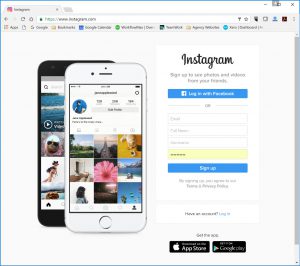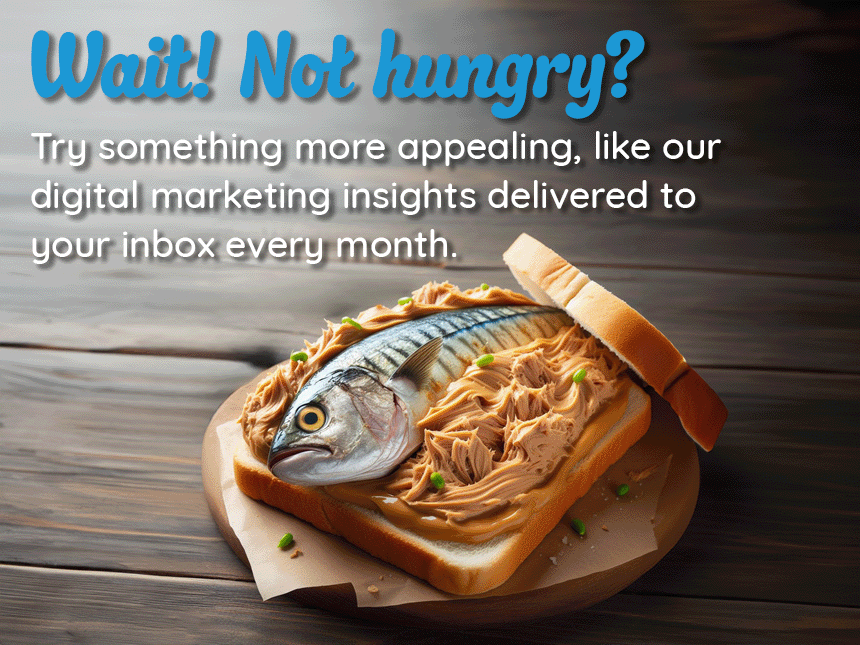Why a Web Version Matters for an App Venture
For mobile app ventures, it’s all about downloads, registered users, and then monetization, possibly via in-app purchases or advertising.
While most of the attention and effort is on the app, a web version plays a critical role for apps whose content and basic functionality can be replicated for web browser access. Not a simple marketing site but rather some version of the app’s core services as a website. Here are some reasons why.
Marketing
For app startups with a limited advertising budget and those that are trying to scale their user base dramatically, a website version allows for search engine optimization. This provides a very cost-efficient tactic for visibility and unlimited traffic, as well as low user acquisition costs.

We market Last 2 Left, an iPhone app providing a patented game format for professional and college sports, reality television contest shows, and more. Since much of this app’s content is also accessible via a responsive website, we are able to optimize games, news, and many other pages to be indexed in the search engines. Unlike a simple three-to-five page marketing site to promote an app, this provides thousands of diverse entry points and keyword coverage within the search engines. For Last 2 Left, organic search drives the most traffic and user registrations, beating out display advertising, paid search, social advertising, and social media posting. And once a user is on the site, we have prompts to download the app, leading to increased app installs.
Discoverability
A responsive website that can deliver some of the same services as the app across desktop computers, tablets, and mobile phones dramatically increases the scope of prospects as well. It can introduce a wider audience to the offering before they ever think to download the app. This is especially important for audiences that skew a bit older and are less technical that think Google first when seeking a new solution, not an app store. Sharing and referrals are far easier, too. Just click a link to see what was shared – no app install necessary.
User Journey
Instagram was originally only an app, skipping a web version altogether. As the company took on venture capital with a mandate to rapidly grow, they have since built a website serving content and account access via desktop, tablet, and mobile browsers. However, they purposely don’t offer full functionality. Rather, their strategy is to introduce Instagram content to the largest possible audience with the ability to create an account. They can then nurture these users into downloading an app version for a better user experience and deeper integration for the company.

This approach of creating a very low hurdle for accessing and experiencing the venture’s services through a website without the effort of seeking, downloading, and registering an app is very strategic. It allows a very simple path for getting potential users to engage with the venture’s offering with a plan of enticing them into a more robust and engaging app experience.
Development
Surprisingly, development of complex native apps is still very time consuming and tedious. Therefore, developing a new feature, process flow, and even graphics themselves can generally be executed much easier and faster in HTML on a website. This allows for quicker coding, testing, and modifications in a web development environment first. The proven blueprint and polished screens can then be executed in the app, greatly reducing modifications and process flow testing. And yes, it skips the wireframing step, too.

When screens can be produced as mobile HTML, they can be embedded within a native app, called a “web view,” which provides faster production and delivers a graphic presentation consistent with the rest of the app. Taking this approach allows for developing HTML embedded screens across all app types – Apple, Google, and Windows – eliminating the need to build each screen natively for each platform. The Score, a mobile app for sports scores and more, uses this technique for its news screens.
Conclusion
A web version of a platform provides significant benefits to an app venture. The goal is always to get users to the app. However, strategic success lies in the amount of content and functionality provided via the web in order to attract and move the largest audience possible through to the app.



